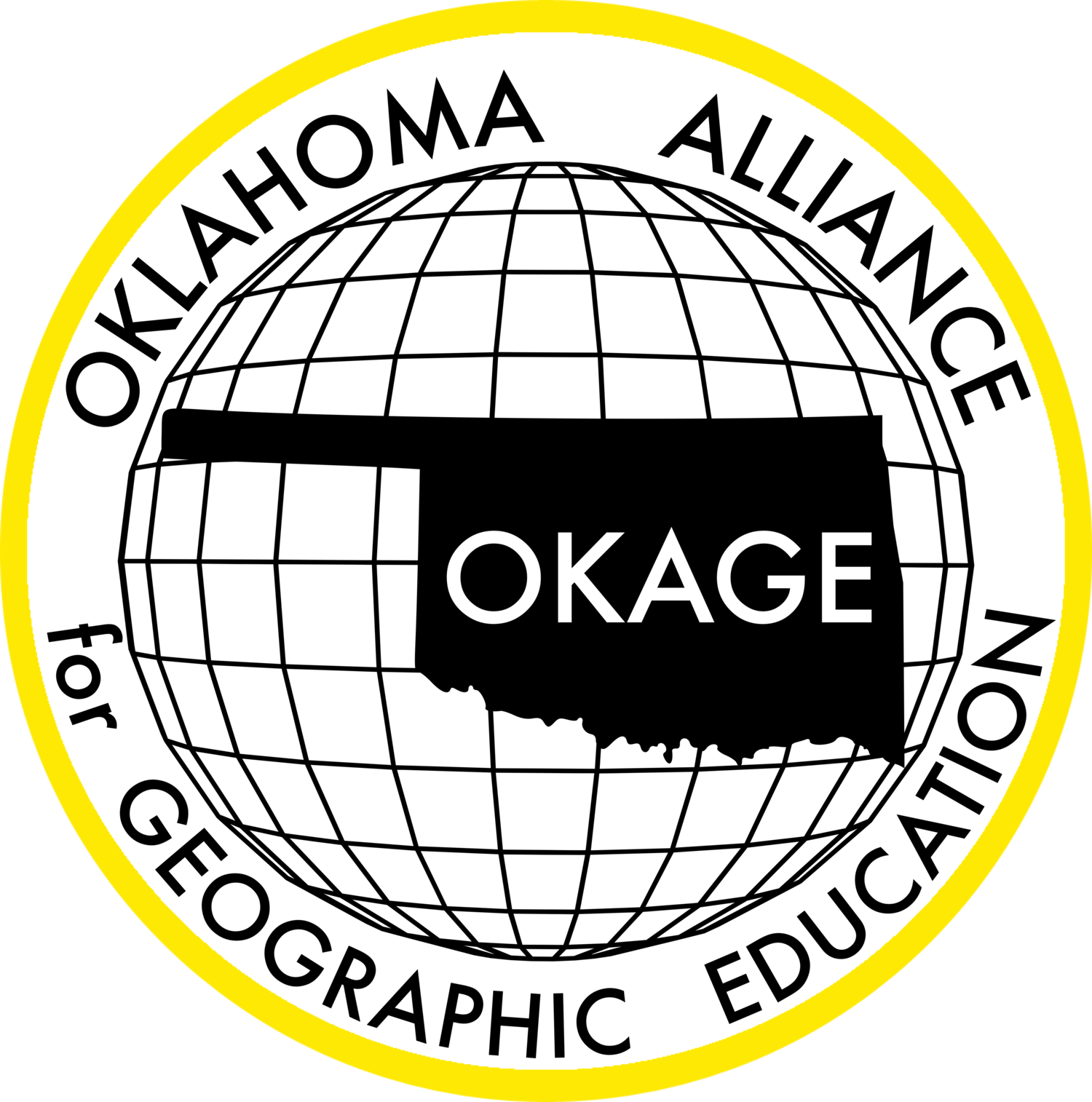Description: The student will recognize the long-term costs and consequences of industrial waste on environmental and on human health by studying three separate sites suffering from mining waste toxins.
Grade level(s): Middle School Standards: N/A
Produced By: Janet Hall





















